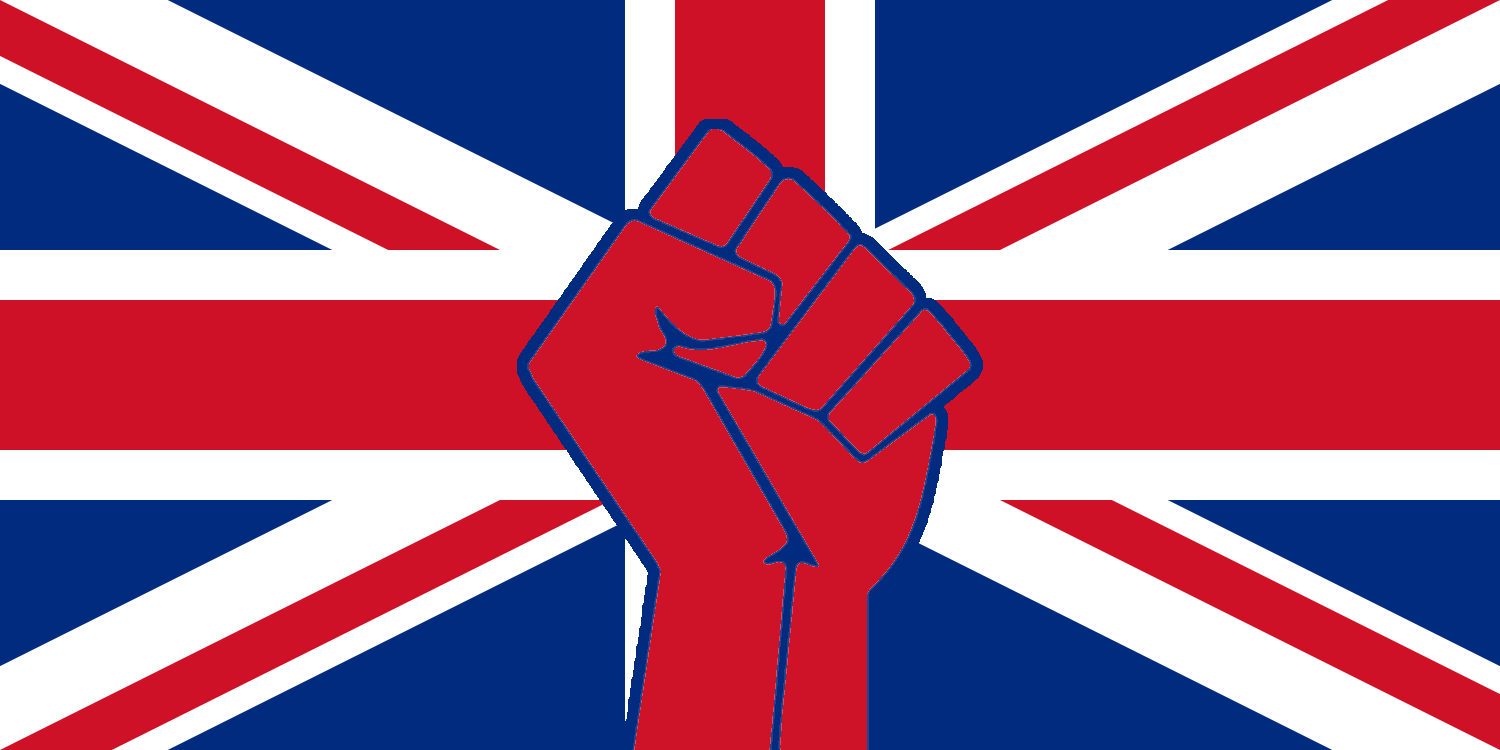Fascism seeks to annihilate working class organisation and obliterate any sort of genuine democracy. But in order to attract supporters it always puts forward a fake revolutionary veneer.
It denounces the present set-up as corrupt, elitist and dominated by “unpatriotic” elements.
Its solution is usually to use racism as a pathway to a “purified” state purged of foreigners and scapegoats such as Jews or Muslims or Roma or disabled people.
The German revolutionary Clara Zetkin summarises fascism as “an amalgam of brutal, terrorist violence together with deceptive revolutionary phraseology, linking up demagogically with the needs and moods of broad masses of producers”.
At a time of deep social and economic crisis, fascists advance by offering a critique of what exists at the top.
The clearest example is how the Nazis built their organisation in the 1920s and 1930s.
They denounced the parliamentary set-up as rotten and deceitful and promised a better future for the German worker.
One wing of the Nazis, grouped around Gregor Strasser, took this further.
In a speech to the German parliament in 1925 he said, “We National Socialists want the economic revolution involving the nationalisation of the economy.
“In place of an exploitative capitalist economic system a real socialism, maintained not by a soulless Jewish-materialist outlook but by the believing, sacrificial, and unselfish old German community sentiment.”
This “anti-capitalism” was always false. Historian Robert Paxton highlights that “even at their most radical, early fascist programmes and rhetoric had never attacked wealth and capitalism”.


